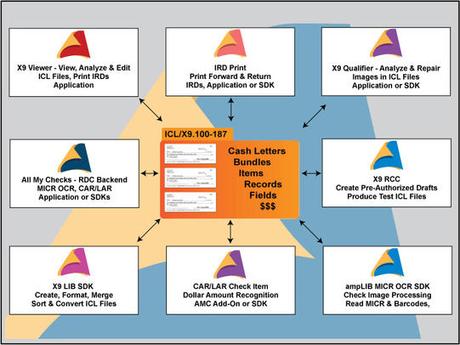One of the most important aspects of taking a loan, or cash loan, is always to keep one's money out of lender services. They represent the amount of money that the debtor or borrower owes the principal of the additional credit. Interest also plays an important role when it comes to increasing one's savings.
Do not lose too much money on cash loans

When you deposit your free cash, you do so for the sake of earning interest. It is important to understand what interest is and how it is calculated so that you do not lose too much money on cash loans, but on the contrary in the case of savings and deposits.
There are two types of interest - simple and compound . Currently, the compound interest rate scheme is largely used in practice. Simple interest for each period is calculated from the starting amount. In contrast, the compound interest rate scheme is slightly more complex. The compound interest is calculated on a compound basis, plus interest from accrued interest from previous periods. In this scheme, capitalization or interest is added.
To calculate compound interest, the formula S = K (1 + i) n, where
- S - total amount with all interest,
- K - the loan or the amount a person borrowed, or vice versa - deposited,
- n - number of payment periods, which may be years, months or days,
- i - the interest rate expressed as a decimal.
Calculated on a compound interest rate scheme

If a person borrows money from a bank or a private lender and the interest is calculated on a compound interest rate scheme, the borrower will certainly not be the winner at the end of the repayment period, as compound interest will overpay to a person than if a simple interest rate scheme were used. For example, if you borrow $ 3,000 for 3 years, if the interest rate is 12%, you will eventually have to pay back $ 4214.78 to the bank (S = 3000 * (1 + 0.12) 3).
Compound interest is beneficial for people who want to save for the future, so they put money into, for example, deposits, term deposits or savings accounts. By using a compound interest rate scheme, a person has made significant gains at maturity.
For example, if you deposit 3,000 dollars for three years, if, for example, the interest rate is also 12%, then after 3 years a person receives 4214.78 dollars; the profit is USD 1214,78.
The compound interest calculation scheme is used when interest is added to the deposited amount over equal periods of time, such as monthly or annually.
Compound interest with a floating interest rate

There are also cases when the final amount is not so easy to calculate. This is the case when a person's free funds are deposited for a longer period, for example 5 years, but during these years the interest rate fluctuates - remains higher or decreases. In other words, it is compound interest with a floating interest rate. Consequently, different interest is calculated for each period. In this situation, the formula changes slightly. For example, when investing 3,000 dollars for 3 years, the starting interest rate is 12%, but the interest rate decreases by 1% each year. In this case, the calculation formula looks like S = 3000 * (1 + 0.12) * (1 + 0.11) * (1 + 0.10) .
